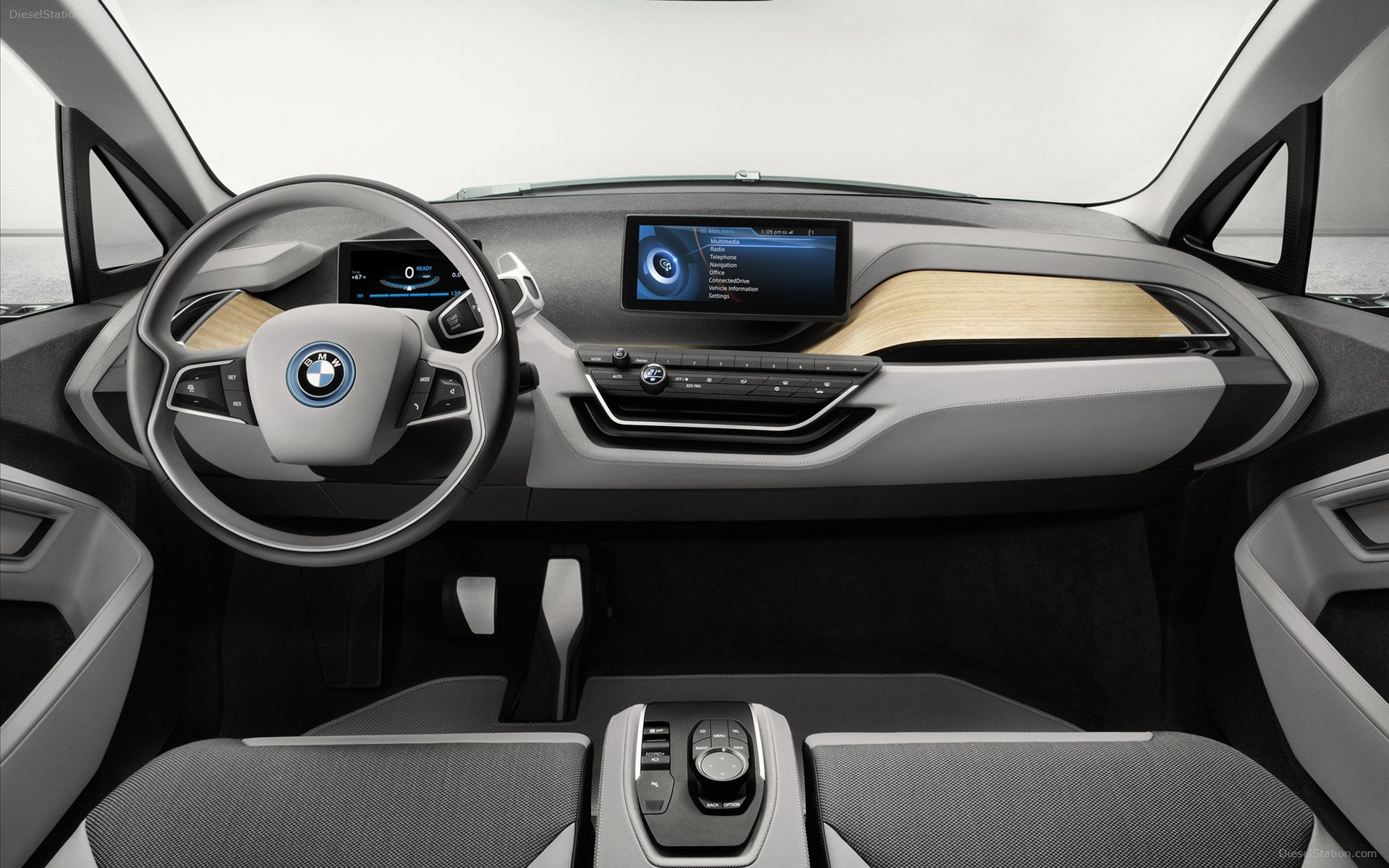 "lorem ipsum" (nothing123456789)
"lorem ipsum" (nothing123456789)
10/18/2013 at 10:48 • Filed to: Jalopnik, Electric, Car, Volvo, BMW, i3
 0
0
 2
2
 "lorem ipsum" (nothing123456789)
"lorem ipsum" (nothing123456789)
10/18/2013 at 10:48 • Filed to: Jalopnik, Electric, Car, Volvo, BMW, i3 |  0 0
|  2 2 |

The electric car represents, to most, the way forward in terms of personal transportation. Conventionally powered cars are too bad for the environment to be viable in the long term, not to mention that what powers them will run out in the short term. All this means that at the moment, we’re stuck with a few cars that can go about 30 feet before needing to be recharged, which takes the amount of time normally reserved for passing anything in Congress. QED, we don’t know how to build a good battery.

As many of you know, however, Volvo recently made a bit of a breakthrough with battery technology. In a project funded by the EU, they demonstrated on an S80 mule that certain body panels (in this case, the trunk) can be made out of a special material that acts as a battery. This special material, according to the press release, is made out of “the combination of carbon fibres and a polymer resin, creating a very advanced nanomaterial, and structural super capacitors”. Sans jargon, Volvo weaved carbon fiber strands with super capacitors (for all intents and purposes, batteries) to make a lightweight body panel that can also be used for energy storage. According to them, converting the trunk alone to this spec negates the need for a conventional car battery, saving even more weight. And, to top it all off, it charges faster than the batteries we use today.

This is, in my opinion at least, the biggest leap forward we’ve seen in terms of electric car technology. Yes, you can put solar panels on the roof and use a regenerative breaking system and lithium-ion batteries, but you still get the weight penalties and disadvantages of batteries with that set-up. BMW’s i3 is the only other electric car game-changer. For the purposes of brevity, I won’t go into detail why, but read TopGear’s articles about it, found !!!error: Indecipherable SUB-paragraph formatting!!! and !!!error: Indecipherable SUB-paragraph formatting!!! . Now, Volvo’s new technology is being applied to various body panels, but why not other parts of the car? If it’s strong and lightweight, can’t it be applied to the structure of the car as well?

This is where the i3 comes in. The i3 is already made out of a low-cost carbon fiber resin sort of thing. How difficult would it be to slightly change the production process to weave the super capacitors in with the carbon fiber? I’m not an engineer, nor am I smart, but it seems to me like Volvo’s technology could be applied to the i3 with great benefits, without a huge amount of trouble. Of course, I’m probably definitely wrong, as I will soon find out in the comments, but this new technology has got me thinking. Why not have a joint venture between BMW and Volvo to make a great electric car that might actually be viable for long trips? If they can engineer as many components in the i3 to adopt Volvo’s technology, they wouldn’t need the battery pack they have, so they’d gain lightness and retain everything else about the car that makes it so great in the first place. The future is closer than it seems.
 Casper
> lorem ipsum
Casper
> lorem ipsum
10/18/2013 at 10:59 |
|
Based on the crap condition the body panels of most vehicles I see, this might not be a good idea. Don't know if I want to get zapped brushing against someones beater in the parking lot...
 Ex. President Mack41
> lorem ipsum
Ex. President Mack41
> lorem ipsum
10/24/2013 at 08:15 |
|
That's a very cool technology but it is almost impossible for BMW to implement in the first generation of the i3. All testing for safety and performance has all ready been done, all of the engineering for not just the cars but the manufacturing robots and manufacturing process is complete. Restructuring all of that would be another huge investment and delay the release of the cars. Carbon fiber alone has just started coming down in price to allow its use on cars for normal people, adding a new weave, especially one that could be of safety concern, is not an easy flip of the switch task. I'd love to see this in action though, it's pretty ingenious.